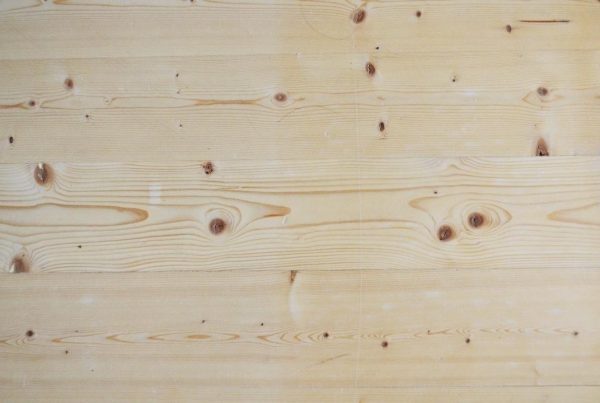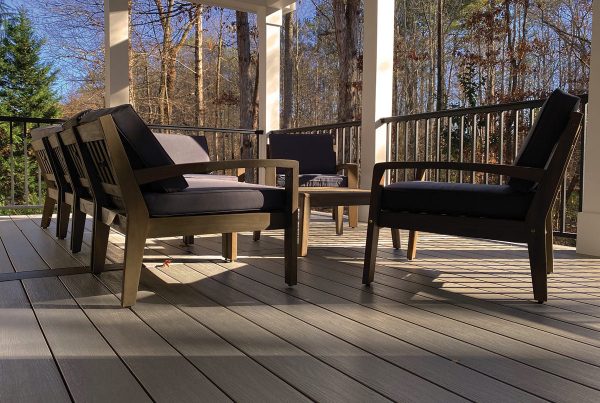Over the past decade, decking materials have seen significant innovations, providing homeowners with a variety of durable and long-lasting options beyond traditional pressure-treated wood. Among these options, PVC decking and capped composite decking stand out for their unique qualities and benefits.
PVC decking is made from 100% recycled plastic, offering a low-maintenance solution that doesn’t require annual sanding, staining, or sealing. It comes in a wide array of colors and natural-looking wood grains, providing a crisp and clean aesthetic. PVC decking is available at various price points and is known for its longevity and budget-friendly nature over time.
On the other hand, capped composite decking is a blend of wood fibers and plastic products, featuring a protective non-wood, polymer cap. This cap provides enhanced scratch, stain, and fade resistance, along with excellent mold resistance. Capped composite closely emulates the look and feel of real wood, offering warmth and character with superior performance.
While both PVC and capped composite decking offer durability, mold, mildew, and stain resistance, and are splinter-free, there are some key differences. Capped composite decking has a more wood-like appearance, whereas PVC decking has an enhanced wood look due to its all-plastic construction. Additionally, capped PVC decking offers slightly better heat dissipation than capped composite, thanks to its enhanced UV protection.
In conclusion, homeowners have excellent choices with both PVC and capped composite decking. Each material has its unique features and benefits, making them both solid options for those seeking a long-lasting, low-maintenance decking solution.










